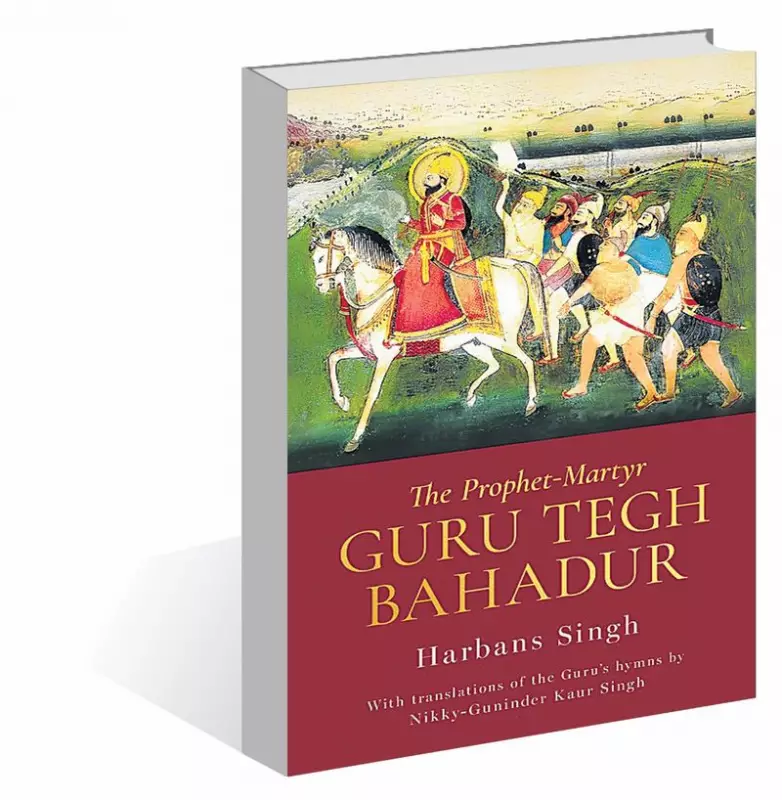
The life and legacy of Guru Tegh Bahadur, the ninth Sikh Guru who sacrificed his life defending religious freedom, has been comprehensively captured in a significant new publication that offers readers an expansive canvas of his spiritual teachings and historical impact.
The Martyrdom That Shaped Sikh History
Guru Tegh Bahadur's execution on November 11, 1675, in Delhi represents one of the most pivotal moments in Sikh history. The Mughal emperor Aurangzeb ordered this brutal execution when the Guru refused to convert to Islam, making his sacrifice a defining example of standing against religious persecution. What makes his martyrdom particularly significant is that he gave his life not just for Sikh principles but for the fundamental right of all people to practice their religion freely.
The circumstances leading to his execution began when Kashmiri Pandits approached the Guru seeking protection from forced religious conversions. Their desperate plea touched the Guru's compassionate nature, and he decided to take a stand against the religious tyranny of the Mughal regime. This selfless act demonstrated that the protection of religious freedom extended beyond the Sikh community to encompass people of all faiths.
Spiritual Teachings and Literary Contributions
Beyond his historical significance as a martyr, Guru Tegh Bahadur made substantial contributions to Sikh scripture and spiritual philosophy. His compositions found permanent placement in the Guru Granth Sahib, where 116 shabads and 15 ragas bear his spiritual signature. These writings continue to guide millions of devotees worldwide with their profound wisdom.
The Guru's teachings emphasized several core principles that remain relevant centuries later. He consistently taught the importance of detaching from worldly illusions while maintaining active engagement with society. His philosophy balanced spiritual devotion with social responsibility, creating a path that honored both inner transformation and outward compassion.
Through his bani (sacred compositions), he explored the nature of divine reality and the human soul's journey toward enlightenment. His poetic expressions conveyed complex spiritual truths in accessible language, making profound wisdom available to ordinary people rather than keeping it confined to scholarly circles.
Historical Context and Lasting Legacy
The new book examining Guru Tegh Bahadur's life provides crucial historical context about the turbulent period in which he lived. The 17th century presented significant challenges for religious minorities under Mughal rule, particularly during Aurangzeb's reign known for its strict Islamic policies. Understanding this background helps modern readers appreciate the courage required to stand against such powerful opposition.
The Guru's martyrdom directly influenced the development of the Khalsa by his son and successor, Guru Gobind Singh. The tenth Guru institutionalized the principle of standing against injustice, which became a cornerstone of Sikh identity. This historical continuity demonstrates how Guru Tegh Bahadur's sacrifice laid the foundation for future developments in Sikhism.
Modern scholars and historians recognize the Guru's significance extends far beyond the Sikh community. His defense of religious freedom for all people, regardless of their faith, establishes him as an early champion of human rights. This universal aspect of his legacy makes his story relevant to contemporary discussions about religious tolerance and pluralism.
The comprehensive examination of Guru Tegh Bahadur's life in this new publication serves as an important resource for understanding not just Sikh history but broader themes of courage, sacrifice, and the enduring human struggle for religious freedom. His example continues to inspire people across different faiths and backgrounds, proving that principles defended with one's life can echo through centuries.





